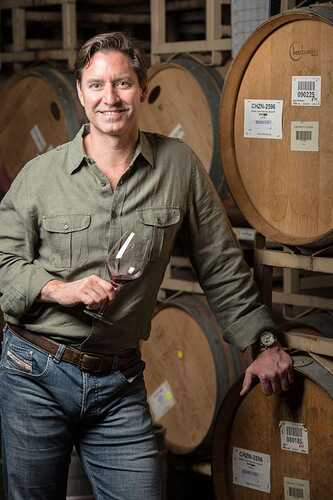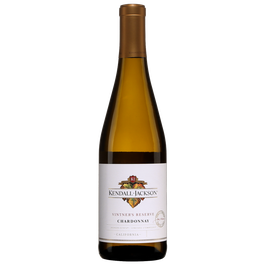My off-the-cuff, somewhat tongue-in-cheek, not-yet-crying-in-my-beer, gently fact-polluted take:
The problem is worldwide.
Wine consumption in the U.S. is stable, with the occasional microscopic decrease in per-capita consumption offset by the growth in population.
The product mix is changing rapidly. Consumption of supermarket 3L and 5L boxed wines is nosediving even faster than consumption of Bugweiser (“the Beer that Infested Saint Louis”).
Consumption of all other categories is increasing gently, except for ‘super-premium’, variously defined as over $10, 12, 15 or 20, which is growing very rapidly.
My business has been affected by over-supply. We were early in the Rose market; I’ve imported my sole Provence producer for 30 years. That wine is well-established and sales have been steady to growing in the face of a tsunami of competition for the past few years. However my other Roses have suffered decreased sales. I finished last year with a lot of stock that had to be closed out. I bought less Rose this year and it’s sold through.
As little as five years ago, a good retailer would stock 5 – 20 Roses. Today, 50 is a typical number. Even if sales go up by 10 – 20%, it’s obviously a lot fewer bottles per wine. This is an extreme example, but indicative of a global over-supply.
Wine consumption world-wide is growing strongly in almost every other country, with exceptions for places like Venezuela, Zimbabwe and Tuvalu.
Millennials are more likely to be vegetarian than teetotal, although there are a significant number who are both. Whether from an ecological, spiritual or health point of view, vegetarianism clearly makes more sense. Wine (and beer, and spirits), consumed in moderation, should be guilt-free.
To Sh@n A: Your ‘anecdotes’ are just that… not statistics. Extremes attract the attention of media, so you see anecdotes that do not reflect the general population of millennials.
I have not seen any statistics on consumption of what board members would probably consider ‘super-premium’, which I will arbitrarily define as $50+. My guess is that consumption of wine in this category is growing very strongly worldwide. The problem is that production is growing far, far faster. The number of people who have made (or inherited) money and want the winery-owner ‘life-style’ is appalling. There are many documented instances of new producers who establish the price of their wine by calculating production costs and margins before a single grape has been harvested.
How many board members have bought Perrarus?
That’s what I thought.
To Michael Martin: It’s fortunately not only old white guys who buy wine (there’s more evidence for golf and Corvettes). Please remember that over half the wine purchased in our own country is purchased by women. I’ll take a wild guess that women represent less than half the golfers and less than half the Corvette buyers.
To Adam Lee: If Constellation had a contract for this vineyard, how can they simply say they are not going to buy the grapes, and walk away?
Oh, they can afford more expensive lawyers than the vineyard owner, sorry I asked such a stupid question. There’s capitalism, and there is unregulated capitalism.
What is happening is easy to explain. As little as twenty years ago, an American consumer who wanted an artisanal beverage with alcohol wanted wine. Sam Adams, Sierra Nevada and Maker’s Mark were just making their marks in the market. Today the consumer has a choice. But eventually, for most consumers, wine is a more appropriate alcoholic beverage to accompany a meal than either spirits (NO!) or beer (it’s close, and dependent on a lot of factors). The future is fine, with bumps in the road.
The wine market has been around for at least 8000 years (probably started in China… so what’s new? Although it could have been Georgia). I don’t know if it will be around for another 8000 years. But I expect to be selling the stuff and to make money doing it through at least 2020.
Dan Kravitz


